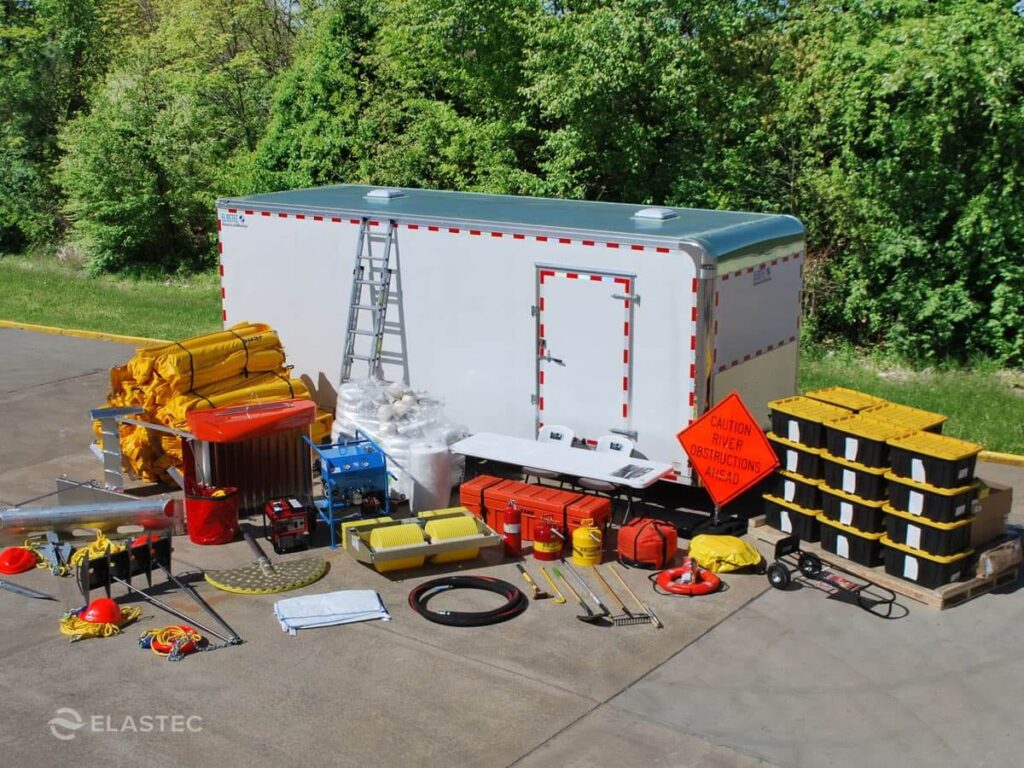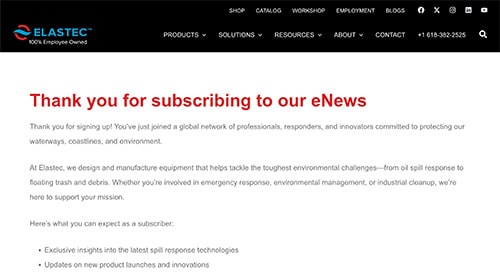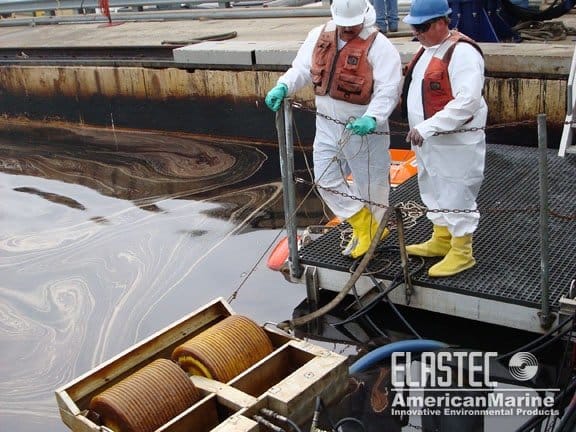
Organizations that handle, transport, or store oil near significant bodies of water are the primary entities that need oil spill equipment. These can be broadly categorized as follows:
1. Oil and Gas Industry:
- Exploration and Production Companies: Offshore and onshore drilling operations require equipment for potential well blowouts or leaks.
- Transportation Companies: Pipeline operators, marine tankers, and barges need equipment to respond to spills during transit.
- Refineries and Storage Facilities: These facilities must have equipment to contain and clean up spills that may occur during processing or storage.
2. Marine and Shipping Industry:
- Ports and Harbors: These areas need equipment to deal with spills from vessels or onshore facilities.
- Shipping Companies: All types of vessels, especially those carrying oil or fuel, should have spill response equipment onboard.
- Marinas and Recreational Boating Facilities: While spills may be smaller, these facilities need equipment to handle fuel leaks and spills.
3. Government Agencies:
- Environmental Protection Agencies (Federal, State, and Local): These agencies are responsible for overseeing spill response and often maintain stockpiles of equipment.
- Coast Guards and Maritime Authorities: These organizations are key responders to spills in coastal and navigable waters.
- Emergency Response Agencies: Fire departments and other emergency responders may need basic spill containment equipment.
4. Specialized Response Organizations:
- Oil Spill Response Organizations (OSROs): These are private companies that contract with industry and government to provide spill response services and maintain large inventories of specialized equipment.
- Environmental Cleanup and Remediation Companies: These companies often handle the post-emergency cleanup and may require specialized oil spill recovery equipment.
5. Other Industries and Entities:
- Railroads and Trucking Companies: Transporting oil or hazardous materials need to be prepared for potential spills during accidents.
- Power Plants: Facilities that use oil as a fuel source need to have spill response equipment on hand.
- Airports: Fuel storage and handling areas at airports require spill preparedness.
- Any facility located near a significant water body: These entities need to be prepared for potential spills that could impact the water source.
Examples of Oil Spill Equipment:
- Containment Booms: Floating barriers used to contain the spread of oil.
- Skimmers: Devices that remove oil from the water’s surface. Different types include weir, drum, disc, and belt skimmers, suited for various oil viscosities and conditions.
- Sorbents: Materials like pads, booms, and loose particles that absorb oil.
- Dispersants and Application Systems: Chemicals that break down oil into smaller droplets, along with the equipment to apply them (e.g., sprayers, aircraft).
- Pumps and Transfer Equipment: Used to move recovered oil and other liquids.
- Storage Tanks and Containers: For temporary storage of recovered oil and waste.
- Response Vessels: Boats and other watercraft used for deploying equipment and personnel.
- Protective Equipment: For responders, including suits, gloves, and respirators.
- Communication and Monitoring Equipment: To assess the spill and coordinate response efforts.
- Decontamination Equipment: To clean personnel and equipment after a spill.
- Vacuum Trucks and Systems: For recovering oil and oily debris from land and water.
- In-situ Burning Equipment: Specialized booms and ignition systems for burning oil on the water surface under specific conditions.
The specific types and quantities of equipment needed depend on the nature of the organization’s activities, the potential volume and type of oil that could be spilled, and the sensitivity of the surrounding environment. Regulations and industry best practices often dictate the necessary preparedness measures.
Connect With Us
Sign up for our newsletters to receive the latest news and product information from Elastec.



